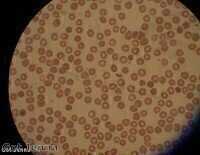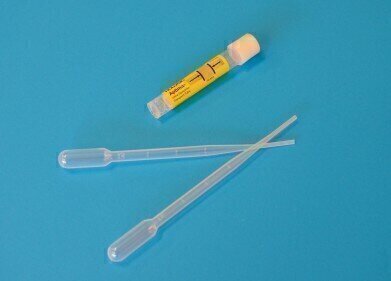-
 Scientists used quantitative analysis methods in a malaria drug study
Scientists used quantitative analysis methods in a malaria drug study
Electrophoretic Separations
Quantitative analysis used in malaria study
Oct 14 2011
In a study published by the Malaria Journal, a team from the University of KwaZulu-Natal explained that a mounting resistance to anti-malaria drugs is threatening to undermine efforts to eliminate the disease.
As a result, scientists are on the look-out for drugs with novel modes of action and have begun an initiative to discover new anti-plasmodial agents from South African medicinal plants.
One of the plants selected for investigation was Dicoma anomala subsp. gerrardii, based on its ethnomedicinal profile.
Following oligonucleotide microarray- and data analysis 572 unique genes were identified, that were differentially expressed as a result of the treatment and gene ontology analysis identified various biological processes and molecular functions that were significantly affected.
The scientists said that the findings highlight Dicoma anomala subsp as a potential treatment for malaria, adding that more studies were needed to ensure the role it plays in advancing anti- plasmodial drug discovery efforts.
Digital Edition
Chromatography Today - Buyers' Guide 2022
October 2023
In This Edition Modern & Practical Applications - Accelerating ADC Development with Mass Spectrometry - Implementing High-Resolution Ion Mobility into Peptide Mapping Workflows Chromatogr...
View all digital editions
Events
ACS National Meeting - Fall 2024
Aug 18 2024 Denver, CO, USA
Sep 04 2024 Chiba, Tokyo, Japan
Sep 04 2024 University of Warwick, Coventry, UK
Sep 10 2024 Rockville, MD, USA
Plastics Recycling World Expo Europe
Sep 11 2024 Brussels, Belgium













